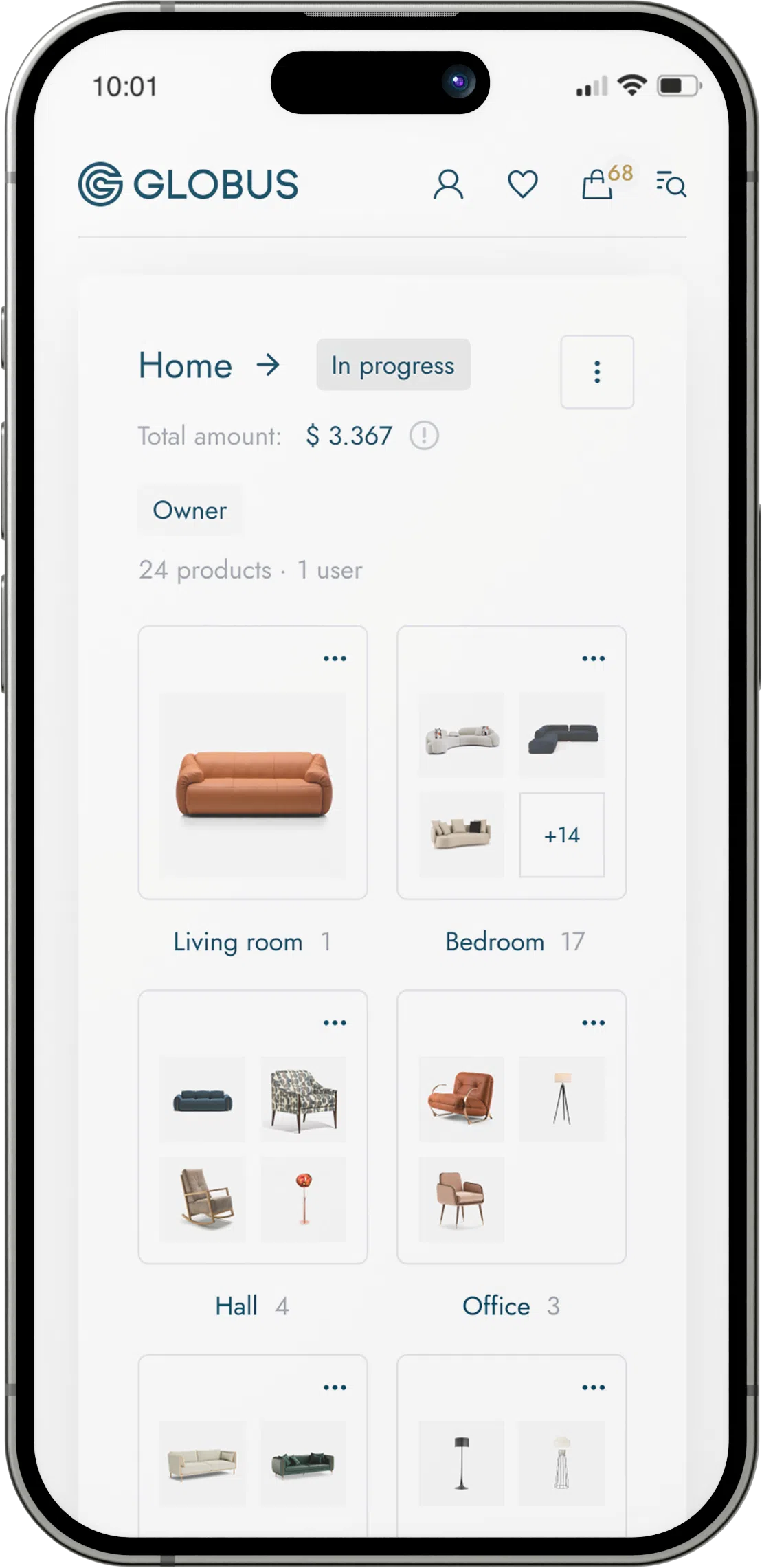
Gold leaf, often referred to as gold foil in the context of certain applications, is a material used in the decoration and gilding of objects, including furniture. It consists of extremely thin sheets of gold that are beaten down or hammered into delicate layers. Here's a detailed description of gold foils when applied to furniture:
Composition: Gold leaf is traditionally made from 22 to 24 karat gold, which is alloyed with small amounts of other metals such as silver and copper to make it more malleable and durable for application. These leaves can vary in thickness but are generally around 0.1 to 0.125 micrometers thin, which is less than the thickness of a human hair.
Manufacturing Process: The process of creating gold leaf is meticulous and labor-intensive. A small amount of gold is rolled out and repeatedly hammered until it is expanded into an ultra-thin sheet. This is often done using a process that has been handed down through generations of skilled artisans. The final sheets of gold are so thin that they become semi-transparent.
Application: Gold leaf is applied to furniture through a process called gilding. The surface of the furniture is usually prepared with a base layer called 'gesso' (a mixture of plaster and glue) and then coated with an adhesive material known as 'size.' When the size becomes tacky, the delicate gold leaf is laid onto the surface with a special brush known as a gilder's tip. It is a painstaking process that requires precision and care to ensure a smooth application without tearing the delicate metal.
Finish and Sealant: After the gold leaf is applied, it is often burnished with a tool to give it a smooth, lustrous finish. To protect the gold leaf and prevent it from tarnishing, a sealant can be applied. This also helps to keep it adhered to the furniture surface.
Types of Gold Leaf: Beyond the traditional gold leaf, there are variations such as 'white gold' leaf, made from gold alloys with silver or palladium, which have a different color and hue. There are also imitation gold leaves, which are made from copper and zinc alloys, providing a similar look at a lower cost.
Aesthetics and Usage: Gold leaf is prized for its brilliant luster and rich color. When applied to furniture, it can add a luxurious and opulent aesthetic, highlighting carved details, adding embellishment to flat surfaces, and creating an overall sense of grandeur and elegance.
Durability: While gold is a relatively soft metal, gilded surfaces are quite durable if properly cared for. Gold leaf doesn’t tarnish like silver or copper, so it can retain its sheen for a long time under the right conditions. However, it is susceptible to scratching and can be damaged by harsh physical or chemical treatment.
Maintenance: Gilded furniture requires careful maintenance to preserve its appearance. It should be dusted gently with a soft brush, and any cleaning should be done with mild agents specifically designed for gilded surfaces.
In terms of furniture and decor, gold leaf is often associated with high-end, classical, or antique styles. However, modern design also finds uses for gold leaf, incorporating it into contemporary pieces to add a touch of glamour and sophistication.


